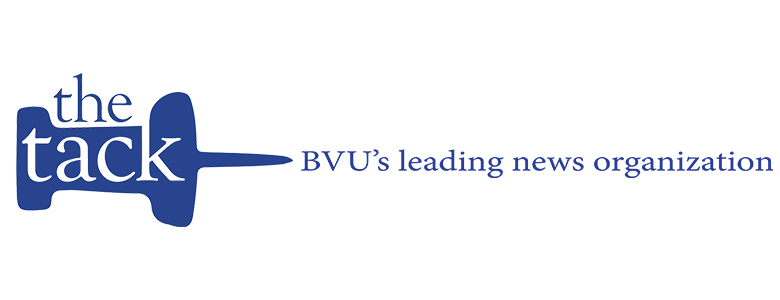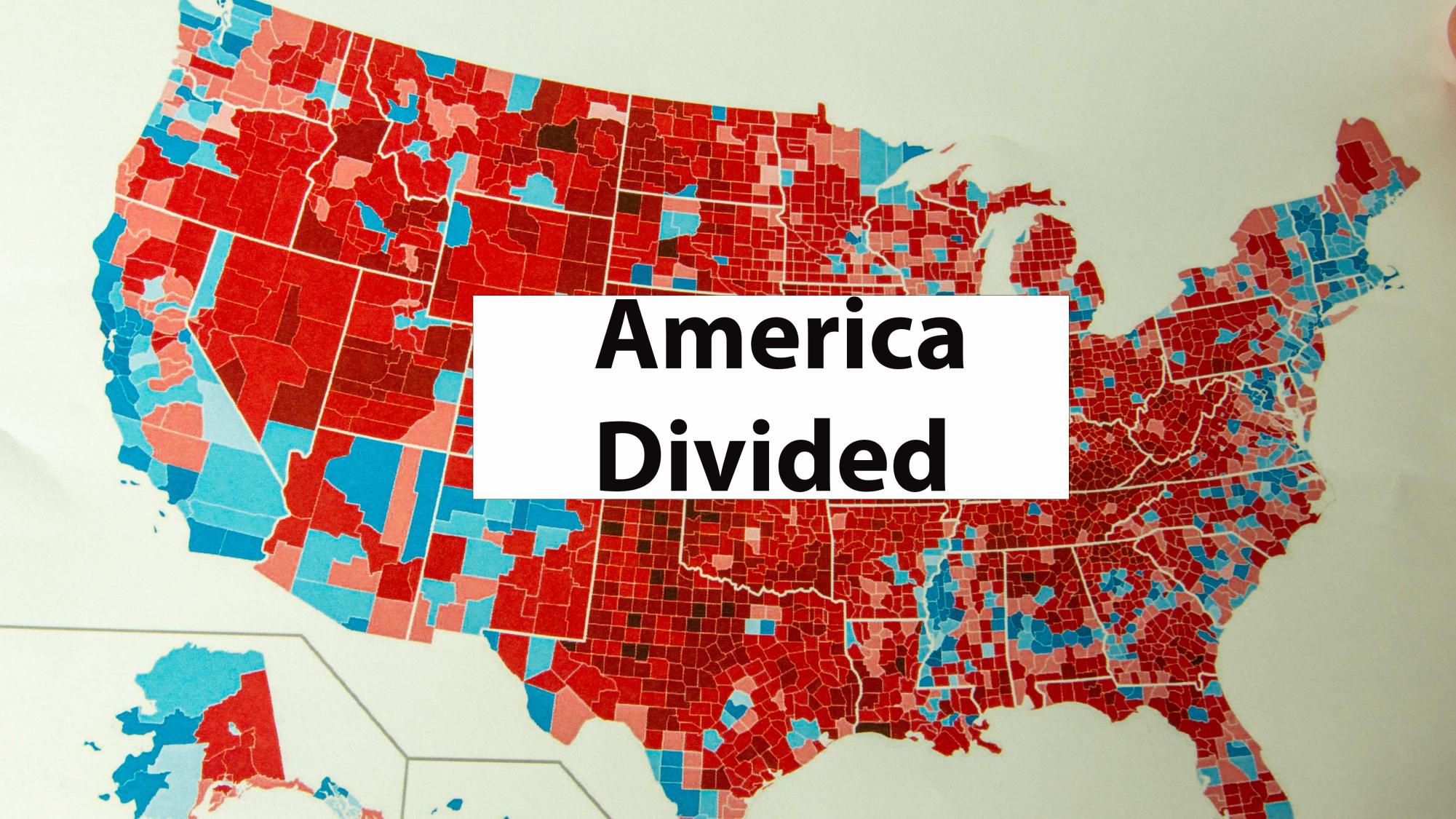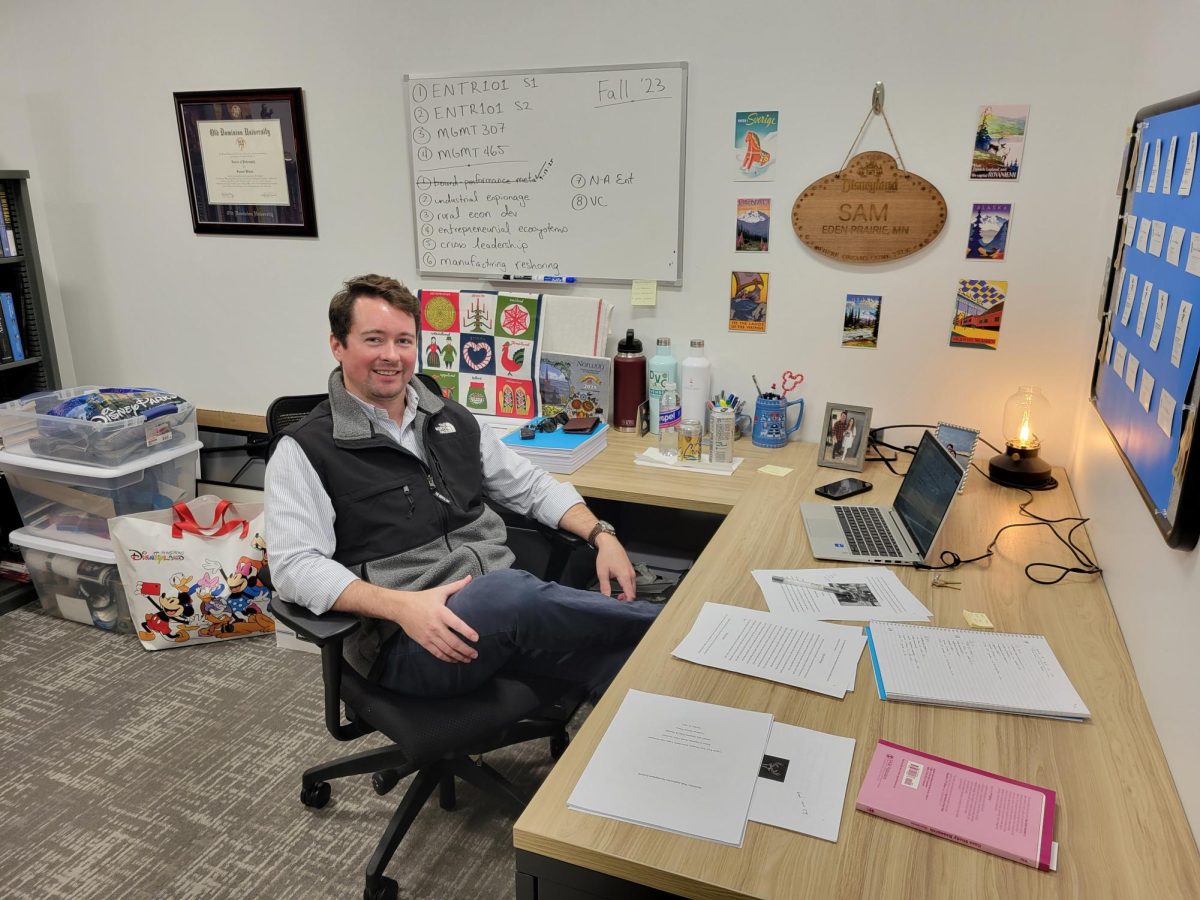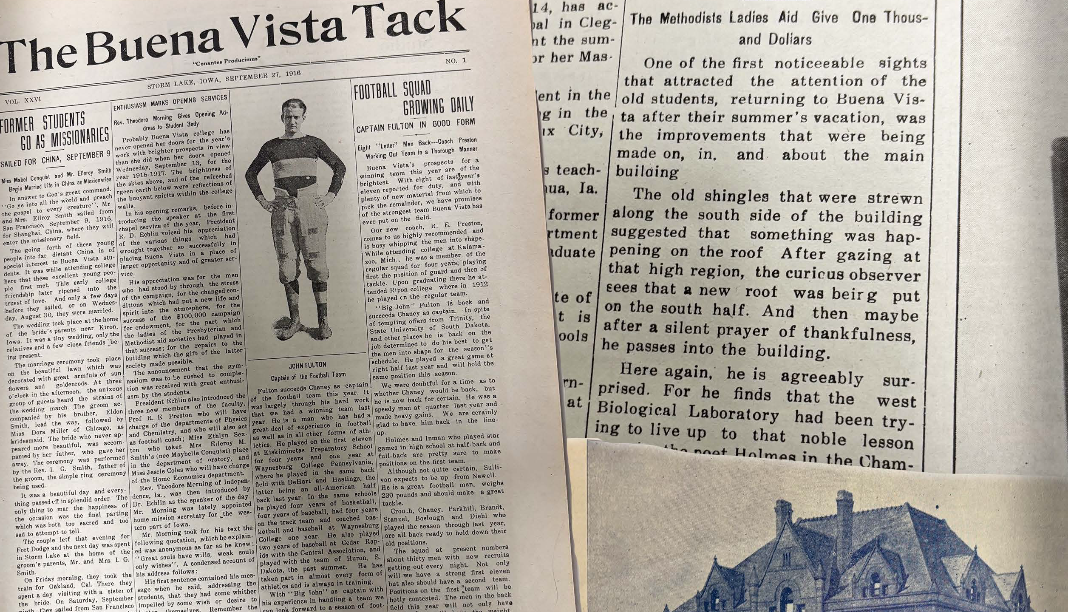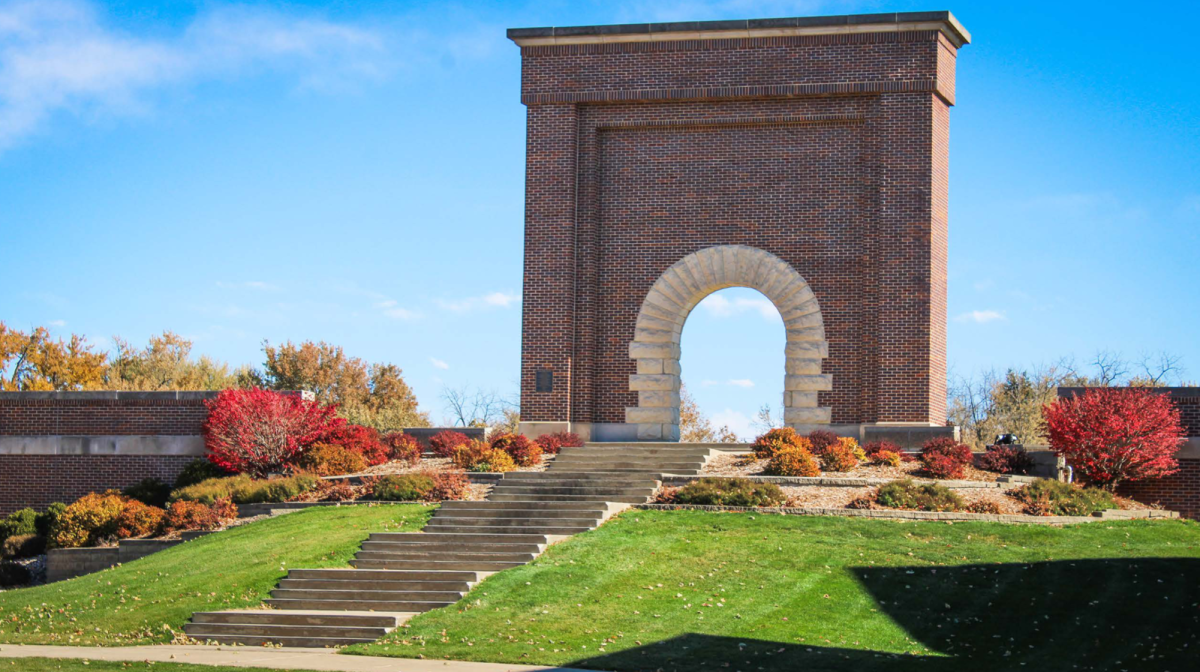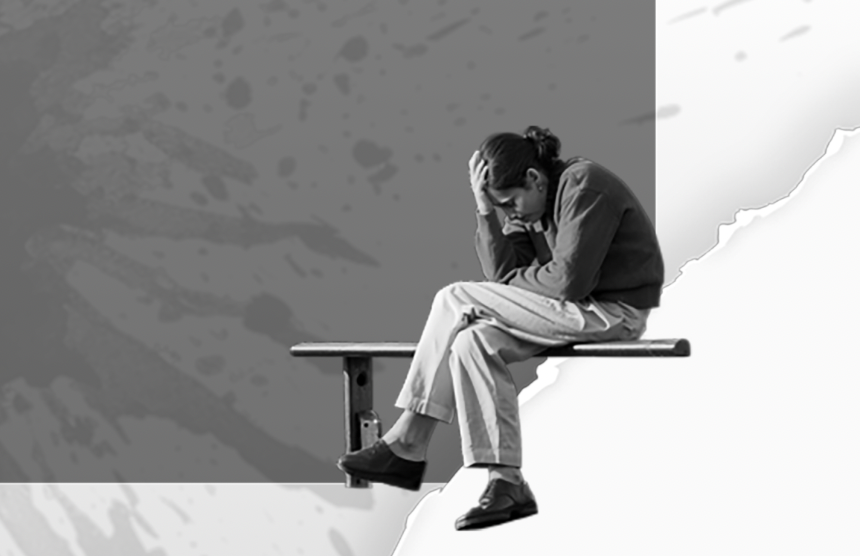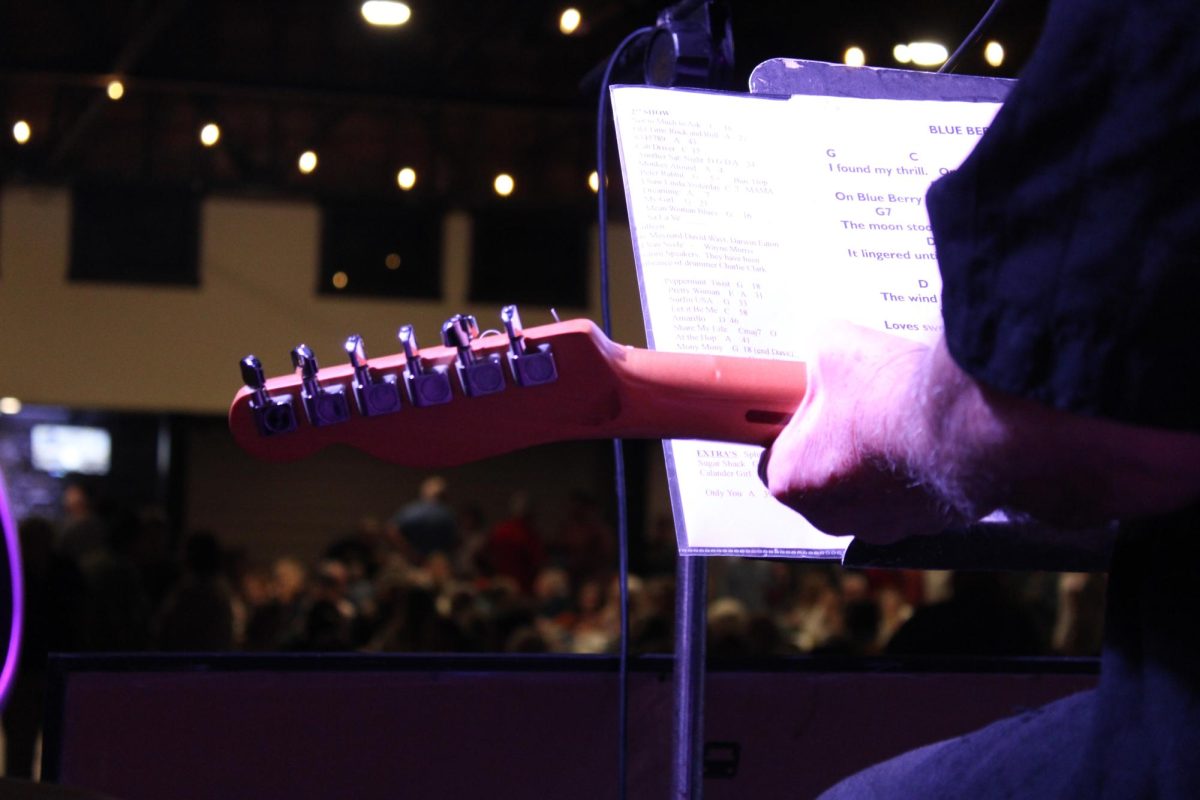“It was just a very hostile environment,” expressed Mark Eddie, a senior student-athlete at Buena Vista University. What was this hostile place? Was it a battlefield? A riot? A mosh pit? No, what Eddie described as “hostile” was in fact a high school basketball game in northwest Iowa.
Eddie was playing for the Storm Lake High School team on the gymnasium floor of Spencer High School, a rival team, when they were met with racist remarks and offensive chants. The student section hurled hurtful rhetoric and even jangled car keys at Storm Lake because one player had previously been accused of stealing a car.
Storm Lake is different from the rest of Iowa in that it is a minority-majority school district and population. A minority-majority school district is one whose traditionally underrepresented population is higher than whites. The game that Eddie was involved in led to ejections, took away from the athletes on the court, and made both local and state news.
Unfortunately, incidents like the one in Spencer are not a one-off. In 2020, a centerfielder for Charles City High School, a small town in northeast Iowa, endured racist jabs during a game against Waverly-Shell Rock. And racism is not the only issue to inspire uncivil discourse. A youth umpire walked off the field during a baseball game because of harassment from parents about his calls. This is something that umpires and referees have had to deal with frequently, leading to a drop in numbers of those who want to become officials.
Incidents like these are not limited to sports. Incivility and a lack of civil discourse can be found in many facets of life. In fact, according to Walk the Ridge, 93% of Americans identify incivility as an issue and 68% consider it a major problem.
So, what is civil discourse? Ohio State University defines it as “the practice of deliberating about matters of public concern in a way that seeks to expand knowledge and promote understanding.” For this article, civil discourse involves “active listening, open dialogue, and respectful disagreement.” Civil discourse is often very public and concerns public issues. It is important to note that it can relate to private incidents as well. Civil in this article does not necessarily refer to politeness, but rather to respect and tempering messages and responses to fit within ethical bounds.
In the following section, we begin the investigation with politics, which arguably is where a lack of civility is most evident.
POLITICS
Politics have become the most palpable public discourse tension in recent decades. Divergent policies and parties alike have divided the nation at the seams. The political discourse has even come between friends and families.
According to an NBC News poll, 80% of partisans believe that the opposite party “poses a threat that if not stopped will destroy America as we know it.” There is a trend of ideological dissonance rather than unity in this country. That trend has extended into our homes and into relationships.
According to an Ipsos poll, 32% of those surveyed say the divisions in the U.S. have made it difficult to get along with friends and family. Politics has stopped being a taboo topic not discussed at the dinner table. It has become the focus of conversation, and its habit of dividing has been invading those closest relationships.
Dr. Bryan Kampbell, Associate Professor of Communication Studies at Buena Vista University, teaches a civic communication class. He said civil discourse must be the “foundation or framework for people to interact with each other.” As a result, it must become a habit among political figures and their constituents to have civil discourse in order to create an atmosphere of unity and progress.
Unfortunately, what we have seen in politics, especially as of late, has been the total opposite. Each side of the aisle throws insults and names. Most recently, Democratic Representative Al Green was removed from the chamber during President Trump’s address to Congress for disrupting the speech. Trump has also been known to insult various opponents and even allies.
This precedent has historic roots. Often when two sides oppose, one side may seek to dehumanize the other. For example, Hitler and Nazi Germany would refer to the Jewish population as “rats” and “cockroaches.” Similarly, our political parties seek to attack and dehumanize the opposing side, using their platforms to go after an opposing candidate or party leader. The question then becomes what happens when the upper echelons of political figures model and even endorse that kind of behavior?
Kampbell said, “People are more willing to engage in ugly behaviors than they once were.” He indicated that the modeling from leaders trickles down and that we have seen the consequences of those behaviors from our nation’s leaders.
Where does it end and what are we approaching if these behaviors and actions are not addressed? All of this incivility leads to a loss of confidence in how we can function as a nation. Pew Research reports that 63% of those surveyed express “not too much or no confidence” at all in the future of the U.S. political system. In addition, the survey also indicated 86% of Americans say that “Republicans and Democrats are more focused on fighting each other than on solving problems” is a good description of the current political atmosphere.
70%
Of Americans say elected officials
should avoid heated or aggressive language
– Pew Research
Is political collapse imminent if we do not change how we discuss policy and talk to the other side of the aisle? Regardless, what Americans perceive is that political leaders have been far too concerned with making their opponents look bad rather than getting things done. And the concern is when they model and act in uncivil ways, it leads to incivility among the people.
Michael Blauw, Director of Civic Learning and Strategic Partnerships at the Center for Civic Education, said “Our constitutional democracy relies on compromise and negotiating and finding common cause together.”
Blauw said, “The discourse…amongst our representatives … in the last several decades, not necessarily totally aligning with the internet era, but pretty close to it, has really fallen off.” Social media is another arena where uncivil discourse thrives and that is what we will investigate next.
SOCIAL MEDIA
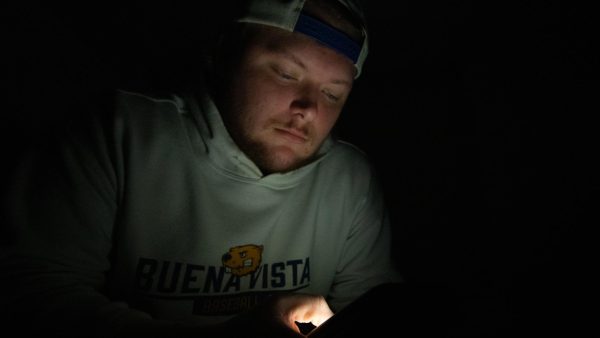
According to the University of Maine, there are 4.8 billion social media users worldwide and users spend an average of 2 hours and 24 minutes on social media per day. When it comes to civil discourse, social media can be a forum for echo chambers and troublesome algorithms.
Echo chambers are places, either physical or online, where people only hear opinions and ideas that coincide with their own. Therefore, their beliefs are never challenged and are only reinforced. Without those challenges, people never see other perspectives and fall into a trap that tells them they are right about every issue or that their way is the only way.
For example, on X, formerly known as Twitter, it is the user’s choice who to follow and interact with. This is true for almost all other social media sites. Users like to follow those who agree with and reinforce their own opinions leading to confirmation bias.
The algorithms of social media are meant to engage the user and encourage them to interact. Because of this, apps and websites that use these algorithms do not expose users to differing viewpoints, thus creating echo chambers. Users then run the risk of expecting real-life conversations to be like those echo chambers, and when they are not and there are disagreements, people do not know how to have civil discussion.
Dr. Lindsay Hoffman, Associate Professor of Communication at the University of Delaware, said, “[college students] are at this critical juncture in young adulthood where [they] are learning what it means to be a citizen.” Hoffman’s research expertise focuses on the intersection of media technology and politics.
Hoffman added, “College students are witnessing bad behavior and uncivil dialogue.” If behaviors in social media conversations and posts are uncivil, they can have a big impact on how the next generation views civility.
50%
Of online harassment targets say
they have been harassed for their political views
– Pew Research
According to the Pew Research Center, “Online venues often serve as platforms for highly contentious or even extremely offensive political debate.” If social media users do not seem to feel the need to handle things civically online, as Hoffman mentioned, it can have a profound impact on the younger generation on how they communicate face-to-face.
While political social media posts have recently been at the forefront of online discussion with posts on X formerly known as Twitter gaining attention and sites like the conservative Truth Social making headlines, contentious issues can be about anything.
For example, pop culture can come with a lot of conflicting opinions. The upcoming Snow-White remake has received much attention due to disapproval of the cast and comments made by lead actress Rachel Zegler.


 Comments under news articles have also been spaces of uncivil discourse. News outlets like The Wall Street Journal can see thousands of comments under their stories, especially when it comes to politics.
Comments under news articles have also been spaces of uncivil discourse. News outlets like The Wall Street Journal can see thousands of comments under their stories, especially when it comes to politics.
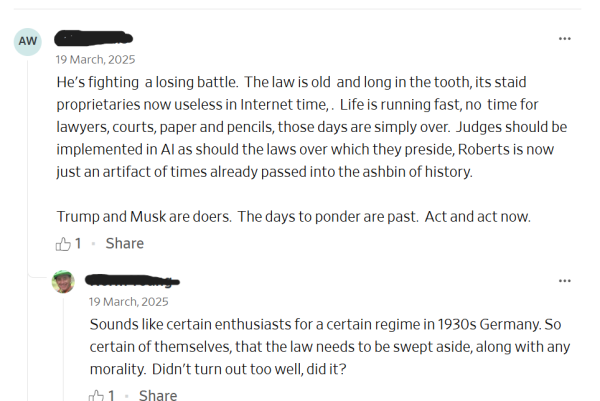
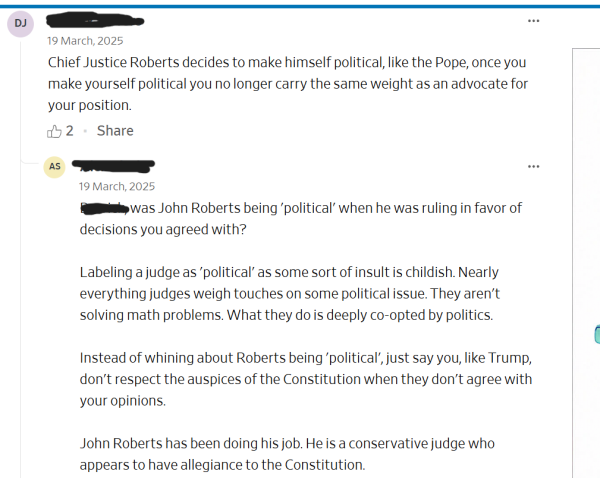

Misinformation has been a hot topic recently and it can seep into discourse with false reports and lies on social media platforms. Researchers at MIT found that fake news can spread up to 10 times faster than true reporting on social media. This not only leads to discourse with fake information claiming to be legitimate, but it can also enhance the echo chambers discussed earlier. It makes it much harder to trust information at face value and makes it harder to discern fact from fiction.
The consequences of spreading misinformation can be devasting as well. It can not only lead to a loss of reputation, but it can even have legal repercussions.
Hoffman encourages people to stop and think about the source of different claims and “facts” as we scroll through social media. She said instead of taking things at face value we should think “Am I really believing this because the evidence is there, or because I want it to be true?”
It is that type of discernment that can lead to civility in online and face-to-face communication with those who may have differing opinions. If the misinformation is ineffective, could it lead to a diminishment of incivility?
Social media has led to the emboldening of users as they feel safe behind a screen. The reasons for the boldness are many, including detachment, social validation, and more. The next section will investigate the “why” of uncivil discourse through a psychological lens.
PSYCHOLOGY
Through all uncivil discourse, there is the question of what factors contribute to the kinds of behavior that have been regularly occurring.
For the last few decades, there has been a rise in communication technology. Society is more mobile than ever, and with that comes less and less face-to-face communication. It has increased the physical distance between parties in a discussion, and with that comes less experience and knowledge about how to civically communicate.
The COVID-19 pandemic and shutdown certainly did not help with face-to-face communication. The impact of being shut away in our homes, unable to gather in groups, led to less experience of discourse and a lack of understanding of how we should communicate with each other.
Patrice Arkfeld, a doctoral candidate in counseling psychology, said “A big component of our social interaction comes into our understanding of not only our own power and control, but the power and control of other people.”
Everyone wants to feel like they have power or control over any situation in life. Discussions are no different, and when both parties aim to take control of a conversation, uncivil discourse can be the outcome.
Arkfeld said, “There are power dynamics in every conversation and every interaction we have.”
But what happens when we feel less powerful in an interaction? What is the plan when we feel like we are “losing” in a conversation? Arkfeld said, “Recognizing that our voice is something that we can control… it’s something that we use more often as a way of getting some of that control back.”
53.5%
Of people find it stressful and frustrating
to talk about issues with those whom they disagree with
– Listen First Project
That control can look different from person to person. It allows for a sense of power and security that many may not necessarily feel on an everyday basis. Many of us feel the need to protect ourselves and that can lead to insults and lashing out.
It is not a crazy thing to acknowledge. Many things in life feel out of control in our society. Weather can be unpredictable and even deadly. Political decisions that are made for all have lasting impacts on how people feel about healthcare, immigration, and more. In life, what we control is limited, but through discourse, we feel like we have power.
With citizens viewing society as more divided than ever, sides of political, social, and cultural issues have created an “us vs. them” mentality. This way of thinking helps to take back power in a conversation, but it does so often at the expense of others. This power vacuum can lead to uncivil discourse whether in person or online.
The online sphere offers users the chance to protect themselves behind a screen and username. Anonymity gives comfort and allows people to stay away from immediate or any repercussions for what they say.
Uncivil discourse does not need to be the communication method for the future. There are solutions, and in the next section we will take a look at what might help get our discussions back on track.
EDUCATION/SOLUTIONS
Uncivil discourse does not need to be the norm in our present or the path of our future. There are steps that can be taken to ensure that incivility is left in the past. Some experts have suggested skills and attitudes that can be learned and established.
“Having understanding of what those [characteristics] are and being in an environment in which those characteristics are encouraged and rewarded is really important throughout our lives,” Arkfeld said.
This audio pieces takes a deep dive on the possible eduction solution to civil discourse.
FORMALIZING CIVIL DISCOURSE EDUCATION
Robert Fulghum once wrote all we really need to know we learned in kindergarten. Unfortunately, those simple rules of kindness and social behaviors get a little lost later. Early educators can teach the sorts of characteristics Arkfeld suggests. “It started in elementary school, but why stop there? Why can’t we just continue that conversation to reinforce how important it is to be inclusive and to be kind and to have an approach to conversation that takes into account everyone’s perspective, not just our own?” said Arkfeld.
If practice makes perfect, can that also be true with civil discourse? Blauw believes yes. “Unless we learn to learn together, we can’t learn to live together and so I think practicing it early through elementary school, middle school, and high school is good,” he said.
Blauw’s point is if we learn about things in school like math, science, and English, why shouldn’t we also learn about civility and civil discourse? Practicing in any area hones skills, so the earlier we start to do so, the better off we are. Places like The Center for Civic Education provide important resources to explore different ways to instill civility in students and young adults.
INTERPERSONAL COMMUNICATION STRATEGIES
What else can be done? What strategies are there to avoid heated discussions that lead to incivility? Hoffman said, “What I often tell my students is lower the stakes of the argument or the disagreement.”
66%
Of people say others are “quick to attack them” when
discussing issues with those whom they disagree with
– Listen First Project
Lowering the stakes can take the pressure and emotion out of a discussion. It allows people to listen with curiosity and can help to understand others’ perspectives.
For example, if you are having a difference of opinion with a friend or acquaintance on something like illegal immigration. If one of you thinks illegal immigrants are terrible people and the other disagrees, rather than getting into a shouting match or heated argument, ask the other person why they feel that way. Calmly ask them why they have that stance on the issue and try to understand where they are coming from. This keeps things civil and allows for connections on a human level.
Civil Discourse Strategies
- Check tone/volume
- Ask about their perspective/where their stance came from
- Offer other sources/evidence
- If other party does not deescalate, gracefully remove yourself from interaction
If we don’t work to shift the trend of incivility, where will that leave us as a society? “I don’t know that it means that we’re facing some collapse of all civilization,” said Kampbell. “It just kind of means that the lives that we live have less beauty in them, they have less grace. It means people are harder on each other.”
With less social grace and more entrenched thinking, it can add stress and doubt when it comes to solving critical issues as a country. Hearts can harden towards others and the things they are dealing with as previously illustrated.
Education in civil discourse through the school system and in family settings can turn the tide. It can allow future voters, officials, and leaders to talk about issues and events without insults or name-calling being thrown in the mix.
Recalling the basketball game that led this article off, what would it look like if schools made a commitment to teaching civil practices and national leaders modeled civil discourse, how might have the tone of that game been different?

